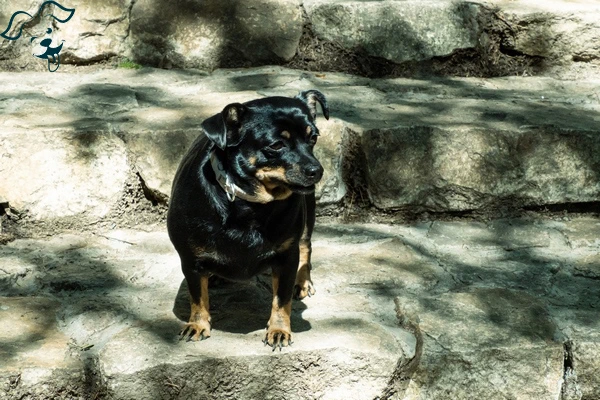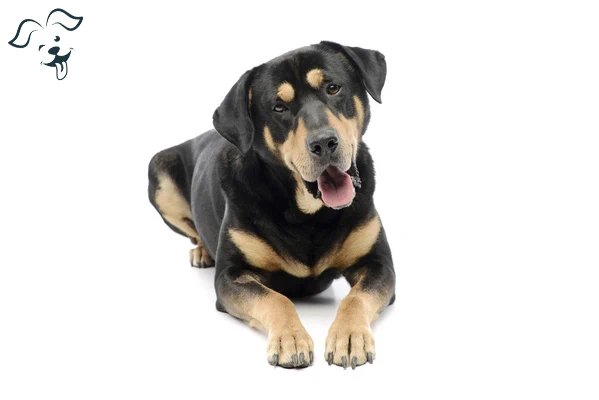CARING WITH FAMILY
|
| The level of fondness exhibited by a breed towards family members or individuals they are closely associated with can differ significantly. Some breeds may appear distant to all but their owner, while others genuinely treat everyone they know as their most beloved friend. |
LOVE WITH CHILDREN
Unwise
Good With Children
|
| Supervision is essential when dogs interact with young children or those who have limited exposure to dogs. A breed's level of tolerance, patience and overall family-friendly nature should be considered. |
BEHAVIOR WITH DOGS
Unwise
Good With Other Dogs
|
| It is crucial to supervise dogs during interactions and introductions with other dogs, regardless of breed. However, certain breeds have an inherent inclination to be more amicable towards fellow canines both within the home and in social settings. |
SHEDDING LEVELS & MANAGEMENT
No Shedding
Hair Everywhere
|
| It is important to consider the amount of fur and hair a breed tends to shed. Breeds that shed heavily will require more frequent brushing have a higher likelihood of triggering specific allergies and may necessitate more regular vacuuming and lint-rolling. |
COAT GROOMING STANDARDS
|
| When considering a breed, it is essential to evaluate the frequency of bathing, brushing, trimming and other coat maintenance required. Take into account your available time, patience and budget for such upkeep. Remember that regular nail trimming is necessary for all breeds. |
DROOLING INTENSITY
Less Likely to Drool
Always Have a Towel
|
| One factor to consider is the drooling tendency of a breed. If you prefer cleanliness and would rather not deal with dogs that leave ropes of slobber on your arm or significant wet spots on your clothes, then breeds with such traits may not be the ideal choice for you. |
COAT STYLES GUIDE |
| Smooth |
| COAT SPECTRUM |
| Short |
FRIENDLINESS
Reserved
Everyone Is My Best Friend
|
| The breed's disposition towards strangers is an important aspect to consider. Certain breeds may exhibit reserved or cautious behavior around unfamiliar individuals, irrespective of the setting. On the other hand, there are breeds that eagerly embrace the opportunity to meet new people whenever they are present. |
LIVELINESS
Only When You Want To Play
Non-Stop
|
| The level of enthusiasm for play is an important consideration when looking at a breed, even beyond puppyhood. Certain breeds are likely to maintain their eagerness to play tug-of-war or fetch well into their adult years. In contrast, other breeds are content with relaxed activities like spending quality time with you on the couch for the majority of the time. |
VIGILANCE INTENSITY
What's Mine Is Yours
Vigilant
|
| When evaluating a breed, it's important to consider their tendency to alert you when strangers are present. Some breeds are more likely to react to any potential threat, whether it's the arrival of the mailman or even a squirrel outside the window. Additionally, these breeds often warm up to strangers who enter the house and are accepted by their family. |
ADAPTATION CAPACITY
Lives For Routine
Highly Adaptable
|
| The adaptability of a breed to change is an essential factor to consider. This includes how well they handle variations in living conditions, noise levels, weather, daily routines and other day-to-day fluctuations in life. Some breeds demonstrate a remarkable ease in adapting to these changes, while others may require more time and support to adjust. |
OBEDIENCE LEVEL
Self-Willed
Eager to Please
|
| The ease of training and the willingness to learn new things are significant aspects to consider when selecting a breed. Some breeds have a natural inclination to please their owners and are eager to learn making training relatively easier. Conversely, other breeds may exhibit a more independent nature preferring to do things on their own terms and requiring additional patience and effort during training sessions. |
STAMINA LEVEL
|
| The exercise and mental stimulation requirements of a breed are crucial considerations. High-energy breeds are typically ready and eager for physical activities, enjoying running, jumping and playing throughout the day. They require ample exercise to help fulfill their needs. In contrast, low-energy breeds are more inclined to be relaxed and content with less physical activity. They are often satisfied with lounging and snoozing requiring less intense exercise and mental stimulation. |
VOCALIZATION
|
| Infrequent |
LEARNING CURIOSITY LEVEL
Happy to Lounge
Needs a Job or Activity
|
| The mental stimulation requirements of a breed are crucial for their overall well-being and happiness. Purpose-bred dogs, bred for specific tasks, often require mental challenges such as decision-making, problem-solving and concentration to stay fulfilled. Without sufficient mental exercise, these dogs may create their own activities, which might not align with what you desire. Providing appropriate mental stimulation for such breeds is essential to prevent boredom and unwanted behaviors. |
| COLORS |
|
Description
|
Registration Code
|
|
Black & Rust
|
015
|
|
Black & Mahogany
|
013
|
|
Black & Tan
|
018
|
|
| PATTERNS | . |






























FRIENDLINESS
LIVELINESS
VIGILANCE INTENSITY
ADAPTATION CAPACITY